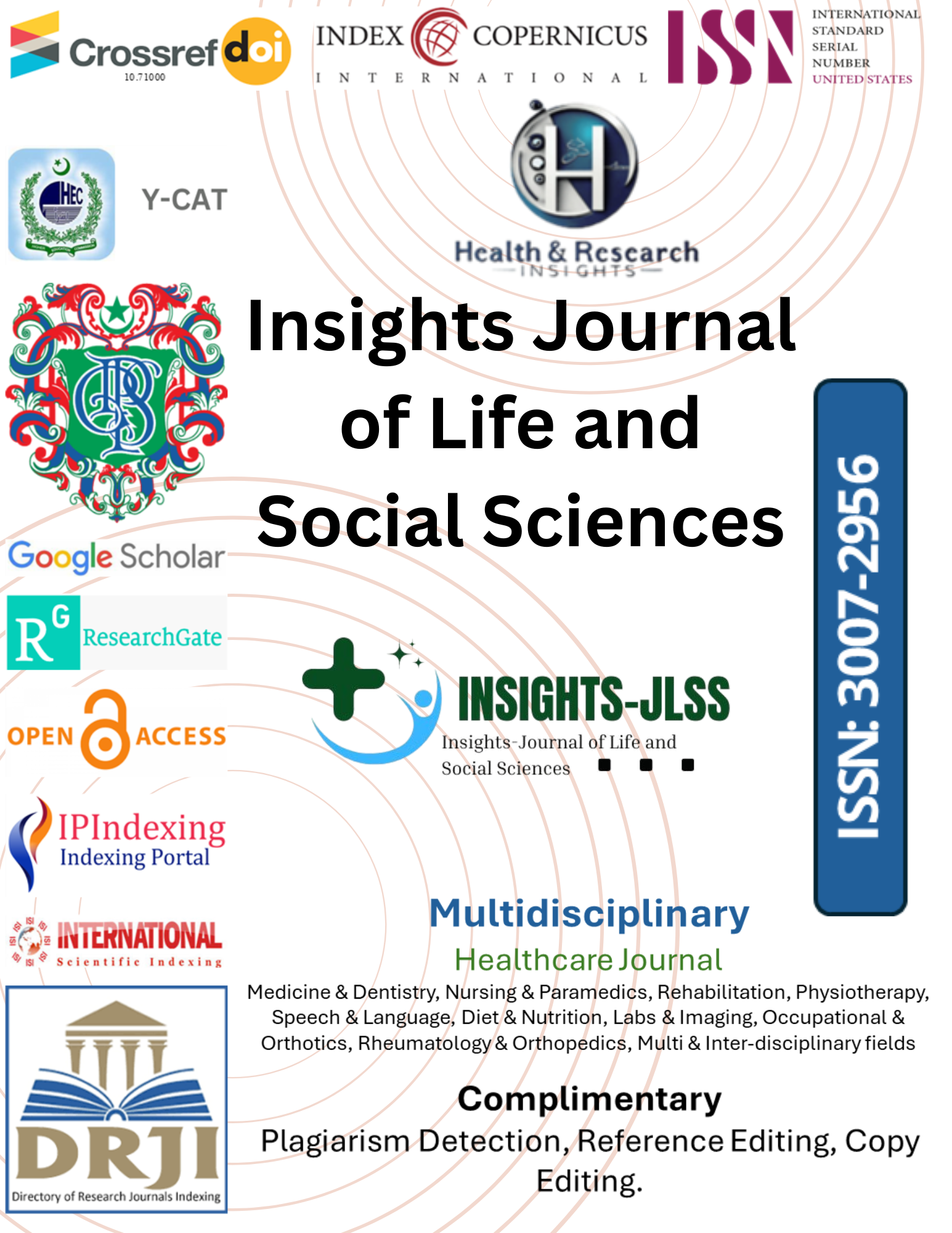MOLECULAR DETECTION OF STAPHYLOCOCCUS AUREUS IN SKIN AND SOFT TISSUE INFECTIONS AMONG DIABETIC PATIENTS
Main Article Content
Abstract
Abstract: Skin and soft tissue infections (SSTIs) are of special concern in diabetic patients, and Staphylococcus aureus and methicillin-resistant S. aureus (MRSA) are the most frequent causative agents. Antibiotic resistance, delayed healing and elevated morbidity often complicates these infections. The accuracy of the diagnosis and subsequent treatment can be enhanced through early molecular detection. The purpose of this research was to examine the incidence of S. aureus and MRSA in diabetic SSTIs with molecular diagnostics and to assess the pattern of antibiotic resistance and related clinical risk factors.
Methods: In this cross-sectional study, 150 patients with SSTIs related to diabetic patients were studied at a tertiary care facility. The samples of pus were cultured and tested using PCR to determine the presence of the nuc gene (in S. aureus) and mecA gene (in MRSA). Demographic, microbiological, and clinical data were also gathered. The Kirby-Bauer disk diffusion method was used to test antibiotic susceptibility. SPSS v 26.0 was used to conduct both chi-square and t-tests, where p < 0.05 was taken as significant.
Results: Among 150 samples, 68 (45.3%) were culture-positive with S. aureus, which were confirmed by the nuc gene via PCR. The proportion of MRSA-positive by detection of mecA in these samples was 29 (42.6%). MRSA showed prominent relations with poor control of glycemic management (p = 0.009), diabetic ulcers (p = 0.015), previous SSTIs (p = 0.025), and recent antibiotic exposure (p = 0.029). The level of resistance was high to penicillin 63 (92%), erythromycin 52 (76%), and ciprofloxacin 47 (69%), and all isolates were sensitive to vancomycin and linezolid.
Conclusion: Diabetic SSTIs have a very high prevalence of MRSA and are associated with reversible clinical factors. Molecular diagnostics contribute to earlier detection as well as targeted antibiotic use. Enhancing glycemic control, infection and antibiotic stewardship are imperative to better outcomes with diabetic wound care.
Article Details

This work is licensed under a Creative Commons Attribution-NonCommercial-NoDerivatives 4.0 International License.
